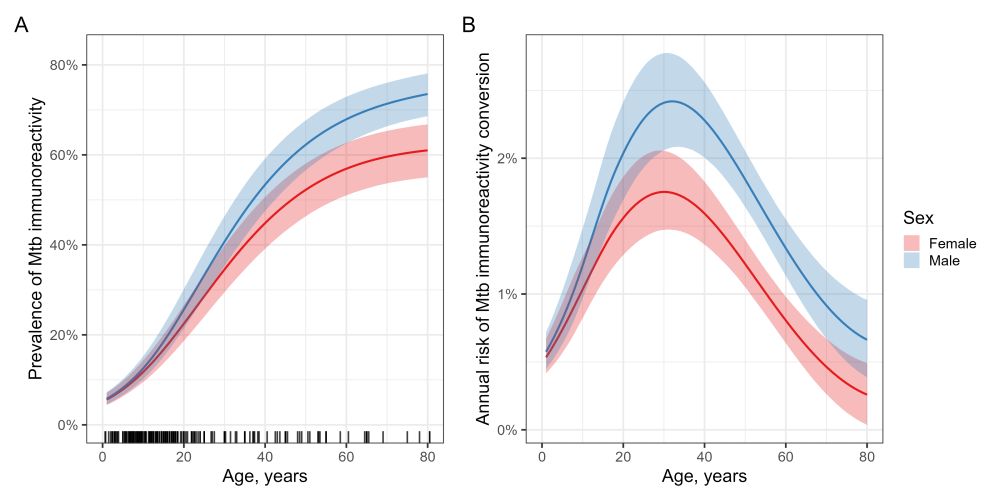
Tuberculosis, epi, equity, climate justice
Otherwise, probably running in the mountains
she/her
2) Differential exposure outside household (restricting to low-incidence settings would help)
3) Men are more likely to have female partners! So female HHCs more likely exposed to male index patients: on average, more infectious for longer.
2) Differential exposure outside household (restricting to low-incidence settings would help)
3) Men are more likely to have female partners! So female HHCs more likely exposed to male index patients: on average, more infectious for longer.
Big thanks to all the authors who provided unpublished data (including some who dug out their floppy discs from 1998!), @britishlibrary.bsky.social for paper-hunting help, and original research participants. 🧵
Big thanks to all the authors who provided unpublished data (including some who dug out their floppy discs from 1998!), @britishlibrary.bsky.social for paper-hunting help, and original research participants. 🧵
-Disparities in exposure drive disparities in disease - need to tackle transmission in workplaces, public spaces, prisons...
-Improving men's access to rx essential to interrupt transmission
-Infection-focused interventions (vaccination, TPT) need to actively engage men for efficacy. 🧵
-Disparities in exposure drive disparities in disease - need to tackle transmission in workplaces, public spaces, prisons...
-Improving men's access to rx essential to interrupt transmission
-Infection-focused interventions (vaccination, TPT) need to actively engage men for efficacy. 🧵
-Why? Social/behavioural differences mean adult men spend more time in high-transmission spaces, amplified by sex-assortative mixing & diagnostic delays in men 🧵
-Why? Social/behavioural differences mean adult men spend more time in high-transmission spaces, amplified by sex-assortative mixing & diagnostic delays in men 🧵


